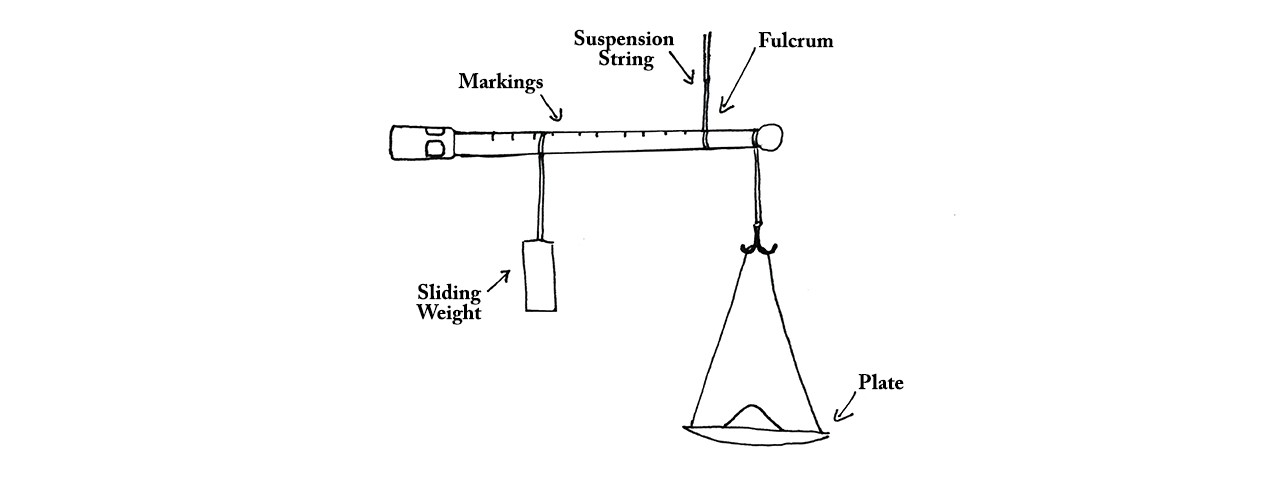
Note that both uniform and non-uniform scaling methods cannot be arbitrarily used all the time. For a two dimensional profile in XY plane, K need not be specified. On the other hand, for doubling the size of the programmed profile along X direction and mirroring it in the Y direction (i.e., about XZ plane), use I2000 J-1000 K1000. So, for example, for doubling the size of the programmed profile in both X and Y directions, use P2.0 or I2000 J2000 K1000 (assuming the commonly used parameter setting for the scale range of 0.001 to 999.999). Negative values for I, J and K are allowed, which causes simultaneous scaling and mirroring. Up to six digits can be used for I, J and K values. If any of the I-, J- or K-word is omitted, the value specified in a parameter (which usually corresponds to scale factor 1) is used as the scale factor along that particular axis. These are 1000 times (or 100000 times, depending on a parameter) of the required magnification. Decimal values for I_, J_ and K_ are not allowed. I_, J_ and K_ are the rates of magnification along X-, Y- and Z-axis, respectively. If the P-word is omitted, a value specified in a parameter is taken as the scale factor. P_ is the uniform rate of magnification (scale factor) for all axes, in the range of +0.001 to +999.999 in the increment of 0.001 (or, +0.00001 to +9.99999 in the increment of 0.00001, depending on a parameter). If these are not specified, the current position of the tool is taken as the scale centre. In the syntax given above, (X_, Y_, Z_) are the absolute coordinates (even if incremental mode is active) of the scale centre. Scaling with non-uniform rate of magnification Scaling with uniform rate of magnification After the programmed profile is enlarged, reduced or mirrored, G50 is commanded to cancel the scaling mode. G51 must be specified in a separate block.


Its syntax has two formats – the first for a uniform (and positive) rate of magnification along all axes, and the second for different rates of magnification, including negative magnification required for mirroring.
Scaling parts in sheetcam code#
Scaling mode on CNC is invoked by G51 which is a modal code and remains effective till scaling mode is cancelled by G50. Analyse the SCALE command on AutoCAD, in case of any confusion in the concept of scale factor and scale centre. The scale centre is termed as base point in AutoCAD. Scaling on CNC is similar to the SCALE command of AutoCAD, except that AutoCAD allows only positive and uniform scaling along all the axes, whereas CNC permits different scale factors along different axes, and some or all of these scale factors can be negative also to allow mirroring, thus providing for simultaneous scaling and mirroring.


 0 kommentar(er)
0 kommentar(er)
